Introduction
Dog bite training is an essential aspect of responsible dog ownership. Teaching your dog to stop biting not only ensures the safety of those around them but also promotes a harmonious relationship between you and your furry friend. In this article, we will explore effective techniques and strategies to train your dog to stop biting. From understanding the reasons behind biting to implementing positive reinforcement methods, we will cover everything you need to know to address this behavioral issue.
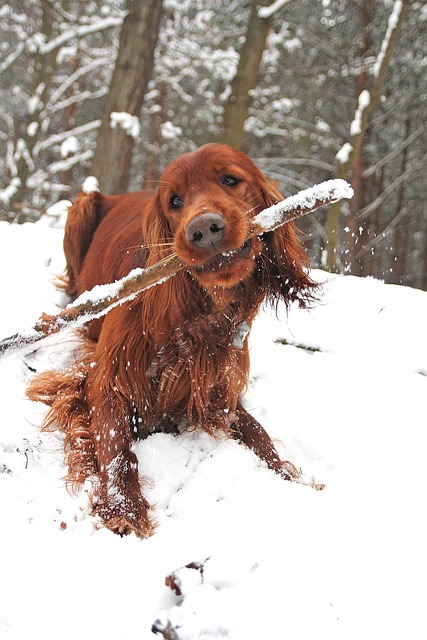
Table of Contents
- Understanding Why Dogs Bite
- Recognizing Different Types of Dog Bites
- The Importance of Bite Inhibition
- Establishing Clear Boundaries
- Socialization: Key to Bite Prevention
- Positive Reinforcement Training Methods
- Consistency and Patience: Keys to Success
- Redirecting the Biting Behavior
- Seeking Professional Help
- Managing Fear and Aggression
- Teaching the “Leave It” Command
- Supervising Interactions with Children
- Ensuring a Safe Environment
- Common Mistakes to Avoid
- Conclusion
Understanding Why Dogs Bite
Dogs may resort to biting for various reasons, including fear, pain, anxiety, or a response to specific triggers. It is crucial to identify the underlying cause behind your dog’s biting behavior to address it effectively. By understanding the motivation behind their actions, you can tailor your training approach accordingly and provide the appropriate guidance.
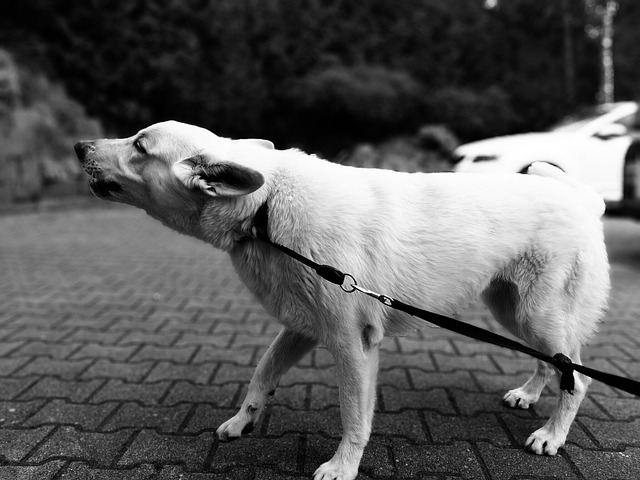
Recognizing Different Types of Dog Bites
Dog bites can range from playful nipping to more severe bites driven by fear or aggression. It is important to differentiate between the various types of bites to determine the best course of action. By identifying the specific circumstances that trigger your dog’s biting behavior, you can implement targeted training techniques to modify their response.
The Importance of Bite Inhibition
Bite inhibition refers to a dog’s ability to control the force of their bite. It is a critical skill that every dog should learn, as it helps prevent serious injuries in case of accidental bites. Teaching bite inhibition involves gentle training exercises that gradually decrease the pressure of your dog’s bite. By guiding them through this process, you can ensure that their mouth remains soft and their bites become less harmful.
Establishing Clear Boundaries
Setting clear boundaries is essential when training your dog to stop biting. Consistency is key, and all family members should follow the same rules to avoid confusion. Establishing rules such as “no biting” and consistently reinforcing them will help your dog understand what is expected of them. Be firm but gentle in your approach, and provide alternative behaviors that are acceptable and rewarding.
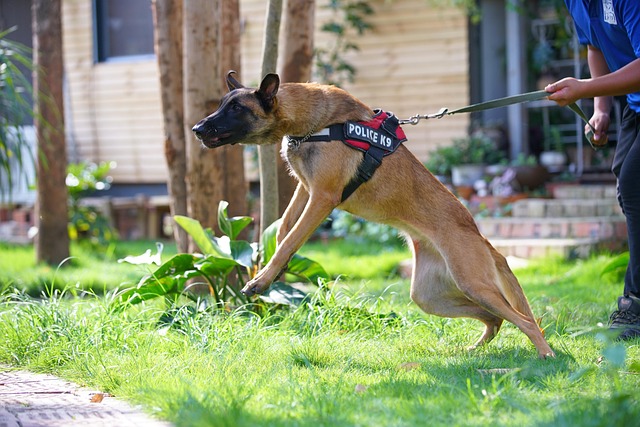
Socialization: Key to Bite Prevention
Socialization plays a crucial role in preventing biting behavior. By exposing your dog to various environments, people, and other animals from a young age, you can help them develop positive associations and reduce fear or anxiety. Properly socialized dogs are less likely to resort to biting as a defensive response and are more comfortable in different situations.
Positive Reinforcement Training Methods
Positive reinforcement is an effective training technique that focuses on rewarding desired behaviors rather than punishing unwanted ones. When teaching your dog to stop biting, use treats, praise, and playtime as rewards for appropriate behavior. Encourage gentle play and provide plenty of opportunities for your dog to earn rewards through calm interactions. This method strengthens the bond between you and your dog and motivates them to adopt desired behaviors.
Consistency and Patience: Keys to Success in Dog Bite Training
Training your dog to stop biting requires consistency and patience. Rome wasn’t built in a day, and behavioral changes take time. Remember to be patient with your dog and maintain a consistent training routine. By repeating commands, reinforcing positive behaviors, and redirecting negative ones, you will gradually see progress. Stay committed to the training process, and your dog will learn to curb their biting instinct.
Redirecting the Biting Behavior
When your dog attempts to bite, it is essential to redirect their focus onto appropriate toys or activities. Provide a wide range of chew toys and engage your dog in interactive play sessions. Whenever they display biting behavior, immediately replace your hand or other objects with a suitable toy. Over time, your dog will learn that biting toys is acceptable, while biting people or other forbidden items is not.
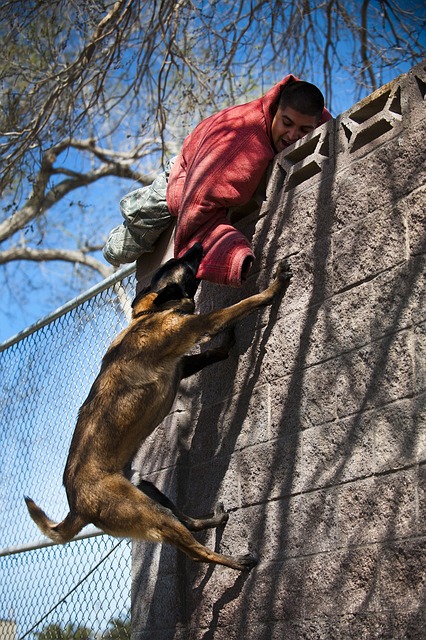
Seeking Professional Help
If your dog’s biting behavior persists despite your efforts, it may be beneficial to seek professional help from a qualified dog trainer or behaviorist. These experts can assess the root cause of the biting and provide tailored guidance to address the issue effectively. They have the knowledge and experience to develop a customized training plan that suits your dog’s specific needs.
Managing Fear and Aggression in Dog Bite Training
Fear and aggression can contribute to biting behavior in dogs. It is crucial to identify triggers that make your dog feel anxious or threatened and address them appropriately. Gradual desensitization techniques, coupled with positive reinforcement, can help your dog overcome their fears and develop more positive responses. If aggression is a significant concern, consulting a professional is highly recommended to ensure safety for all involved.
Teaching the “Leave It” Command in Dog Bite Training
The “leave it” command is a valuable tool in preventing biting incidents. By teaching your dog to leave objects, people, or situations upon command, you can divert their attention away from potential triggers. Start by using treats to reinforce the “leave it” behavior and gradually introduce more challenging scenarios. With practice and consistency, your dog will learn to listen to your command and refrain from biting.
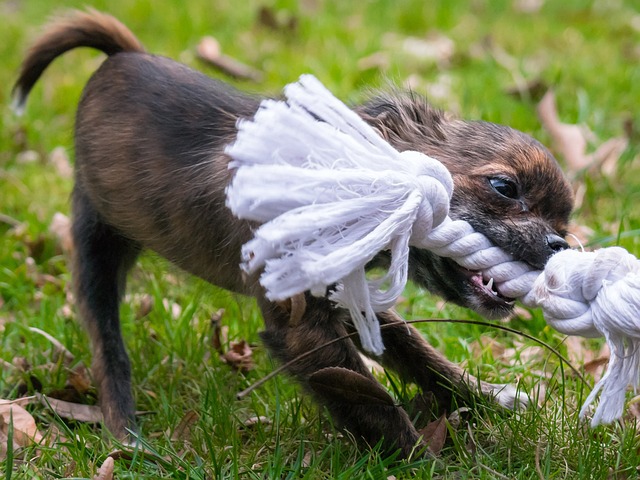
Supervising Interactions with Children
When children and dogs interact, close supervision is crucial. Children may unintentionally provoke a dog, leading to biting incidents. Educate your children about appropriate ways to interact with dogs and teach them to recognize signs of discomfort or stress in the dog’s body language. Always supervise interactions between children and dogs, and create a safe environment for both parties.
Ensuring a Safe Environment
Creating a safe environment is essential to prevent biting incidents. Remove any potential hazards or triggers from your dog’s reach. Secure your backyard and ensure fences are in good condition to prevent escapes. Additionally, provide a designated area with appropriate chew toys and stimulating activities to redirect your dog’s energy and prevent destructive behavior.
Common Mistakes to Avoid in Dog Bite Training
While training your dog to stop biting, there are common mistakes you should avoid. First, never use physical punishment or harsh techniques, as these can worsen the situation and damage the trust between you and your dog. Additionally, avoid reinforcing biting behavior unintentionally, such as by engaging in rough play or allowing your dog to nibble on your fingers. Consistency, positive reinforcement, and patience are key to successful training.
Conclusion
Dog bite training is a vital aspect of responsible dog ownership. By understanding the reasons behind biting behavior and implementing positive training techniques, you can train your dog to stop biting. Remember to establish clear boundaries, provide consistent training, and use positive reinforcement methods. If necessary, seek professional help for more complex cases. With patience, perseverance, and love, you can help your dog develop into a well-behaved and non-aggressive companion.
FAQs
1. Can all dogs be trained to stop biting? Yes, with the right training methods and consistency, all dogs can be taught to stop biting. However, some cases may require professional assistance.
2. What if my dog only bites when they are scared or anxious? Fear-based biting can be addressed through gradual desensitization techniques and positive reinforcement training. Seeking professional help is advisable in such cases.
3. Is it necessary to use treats during bite training? Using treats as rewards during dog bite training can be highly effective in reinforcing positive behavior. However, alternative rewards such as praise and playtime can also be used.
4. How long does it take to train a dog to stop biting? The duration of dog bite training varies depending on the individual dog and the severity of the biting behavior. Consistency and patience are key, and it may take several weeks or months to see significant progress.
5. Can I train my dog to stop biting on my own, or do I need professional help? Many cases of biting can be addressed through consistent dog bite training and positive reinforcement techniques. However, if the biting behavior persists or is accompanied by aggression, seeking professional help is recommended for safety and effective guidance.





